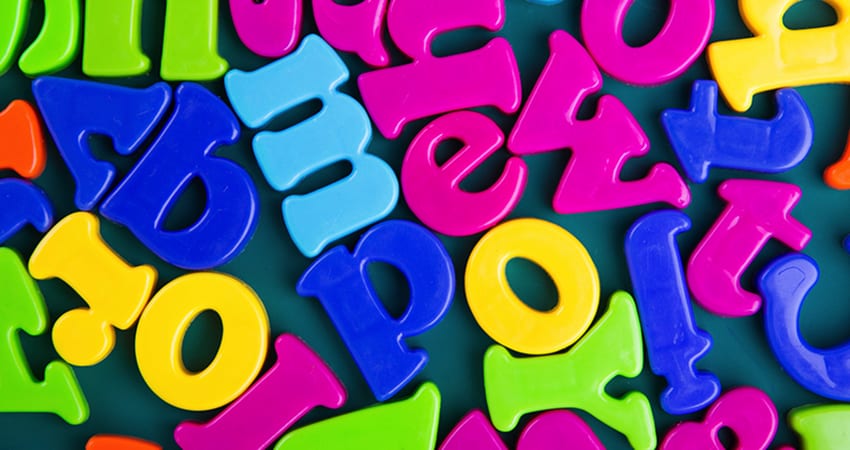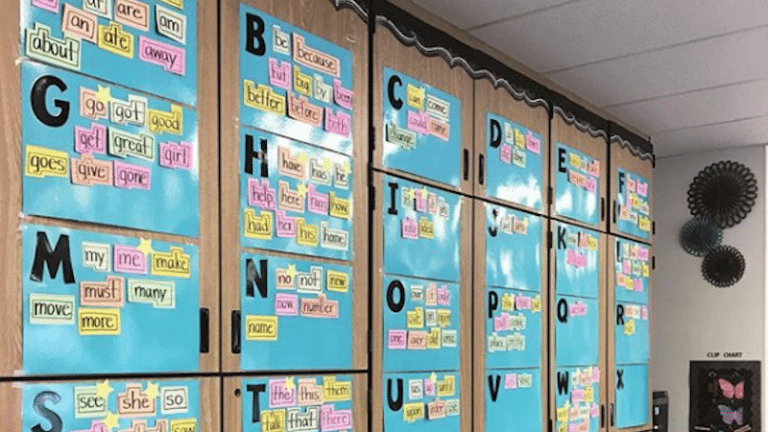When it comes to early literacy, it’s not enough for young readers to just know how to decode words on a page. Foundational skills are important, but building knowledge is also an essential element of improving literacy.
Creating a literacy-rich environment in your classroom takes planning and forethought. It’s possible to create space where students can work on basic skills while also being exposed to intentional, sequential, and rich content.
With this in mind, we’ve come up with ten essential elements to setting up a literacy-rich environment in your classroom:
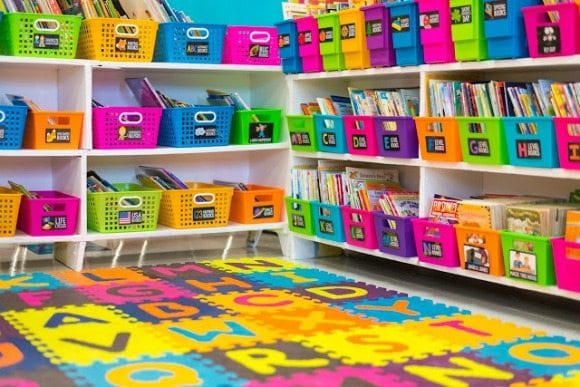
Source Learning in Wonderland
Set up a classroom library.
Your classroom library should include a wide variety of genres and text types at different levels, including fiction and nonfiction books, magazines, and reference materials, as well as real-world reading materials such as pamphlets, postcards, catalogs, recipes, and menus.
Your collection should be broad enough that every student can find something to connect with and deep enough to meet the needs of all learners. Most importantly, it should be organized in a way that students understand and can follow.
Create content-specific book displays.
Create special displays (of high-interest books that are rotated frequently) to match content areas and expose students to different ideas and genres. Be sure to include fiction and non-fiction, as well as books at all levels matching your students’ skills. Pull texts you already have in your classroom library and check out new ones at the school or public library. This area will be a place where your students can immerse themselves in the content area on which you are focusing.
Make use of practical reading materials.
Build your students’ growing literacy skills with practical, everyday reading materials such as calendars and schedules. Make it a part of your morning routine to look at the calendar together. It won’t take long for them to recognize the days of the week and months of the year, words they can use as building blocks to decode other words.
Go over the daily schedule together, using a pointer to read the words aloud together. Whenever you give oral directions during the day, make sure to also write them out on the board or doc-cam while you are speaking.
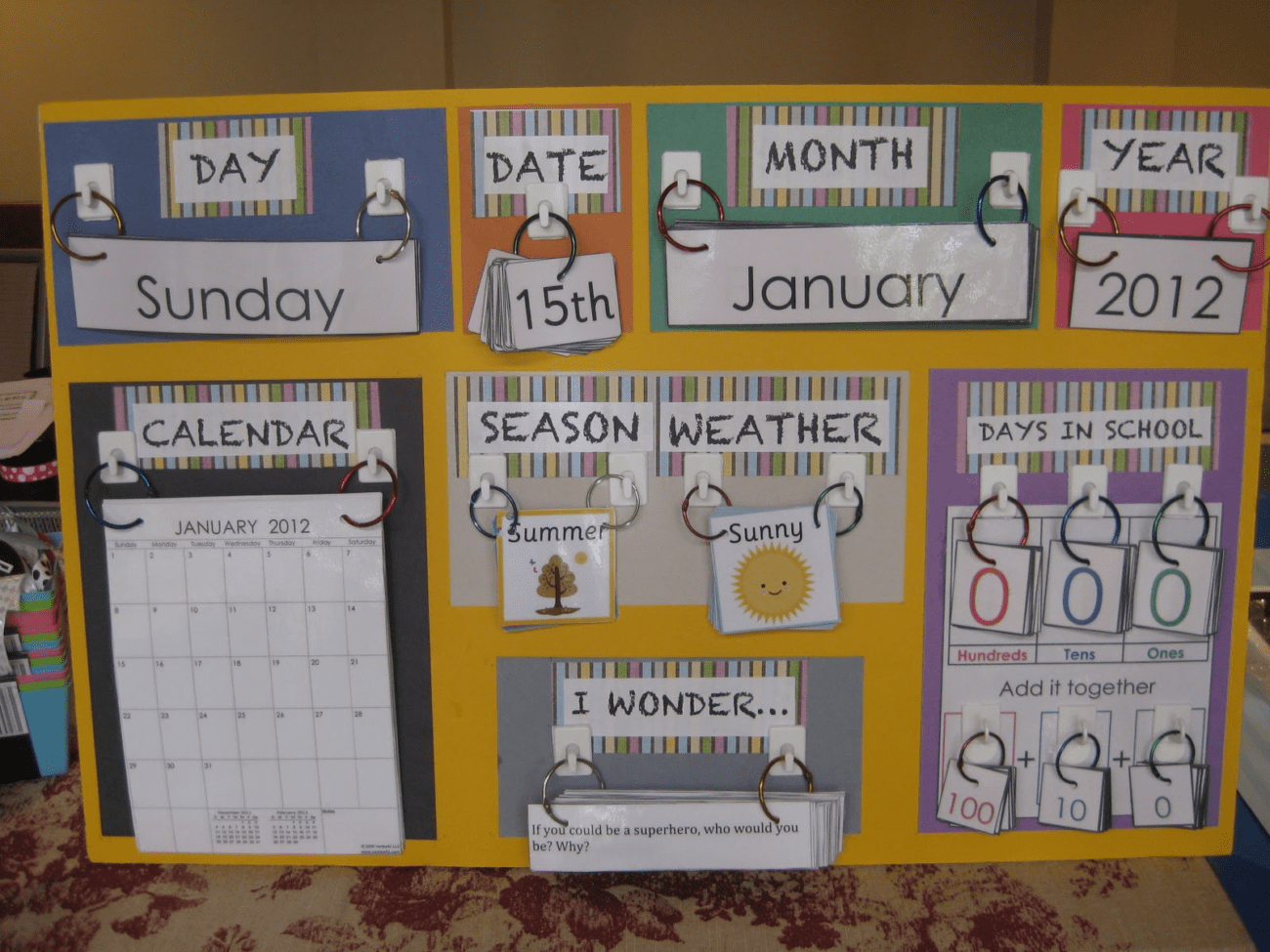
Source Blogging, Teaching and Second Grade…Oh My!
Create a gathering space.
Creating a space where you can spend time together in books is essential to build your students’ literacy skills. One of the best ways to do this is through shared read-alouds. Students follow along on a screen as the teacher reads aloud from a projected text, allowing plenty of time for students to question, discuss and share ideas centered on the text. Carefully sequenced read-alouds with rich content (both fiction and nonfiction) and lots of support for robust discussion lead to greater understanding of both skills and content.
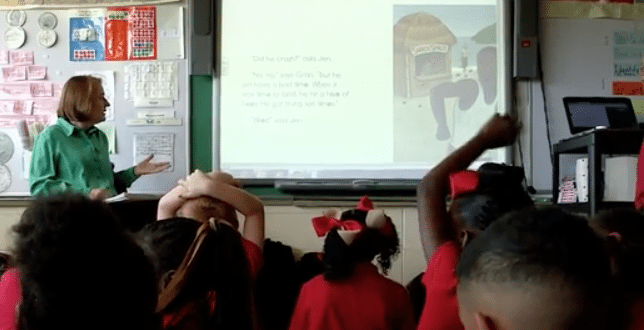
Source Amplify
Try word walls.
Building students’ knowledge and vocabulary while they are still learning to read is crucial for long-term success. Word walls are a great way to display and keep track of no-excuse words, content vocabulary, as well as rich and interesting language from fiction. Discover the words together and post them as part of your lessons. If students are allowed to participate in creating the wall, they will be much more likely to engage with it. Encourage students to incorporate these words into their speaking and writing.
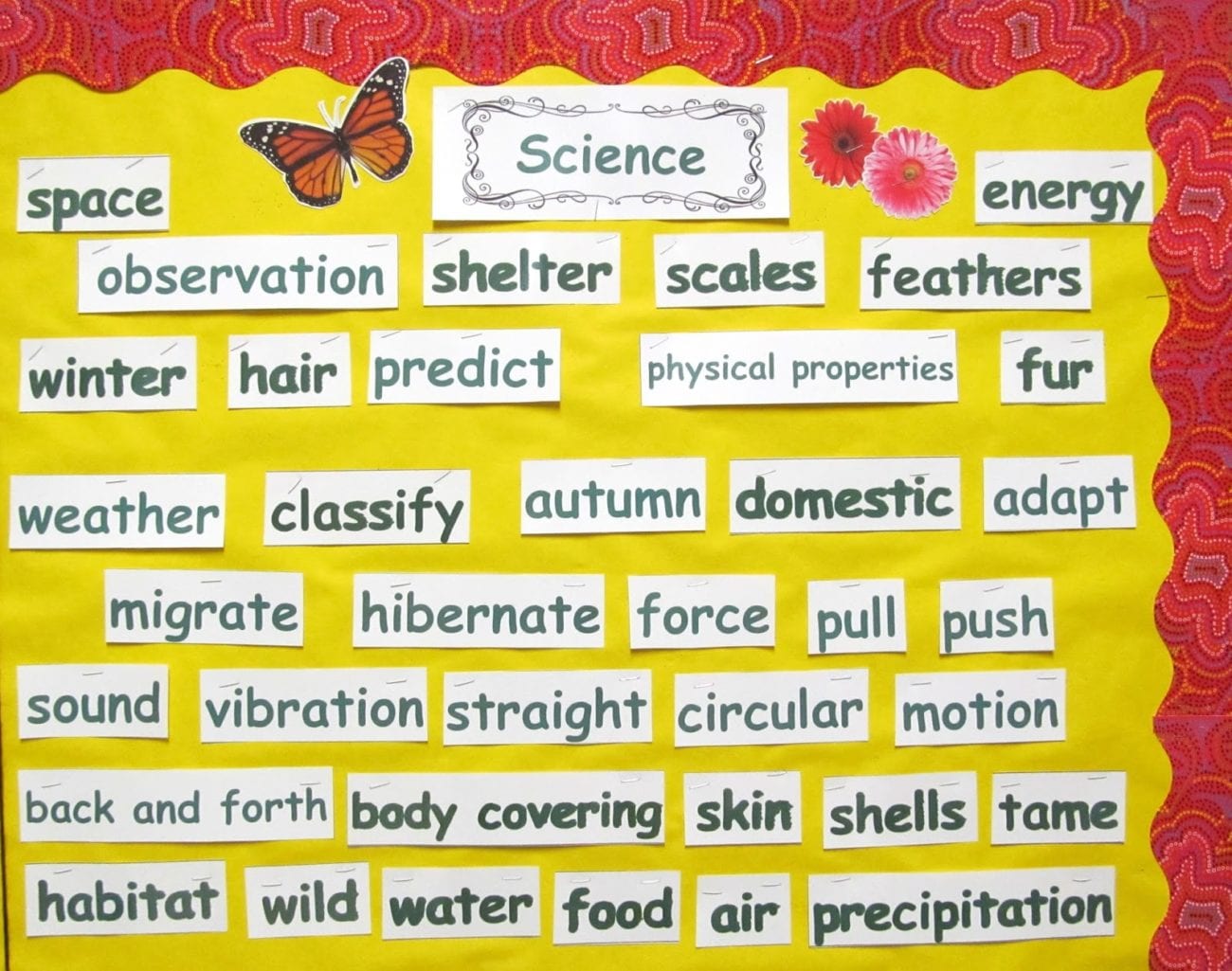
Source 2happyteachers
Look for interesting visuals.
Get kids excited about what you’re studying with intriguing photos, infographics, and art that build comprehension about the content area. For example, if you’re studying the solar system, put up a colorful poster of the planets. If you’re studying Native American culture, display various art objects such as rugs, pottery or clothing. The best displays will include labels and captions so students can connect the vocabulary to the visuals.
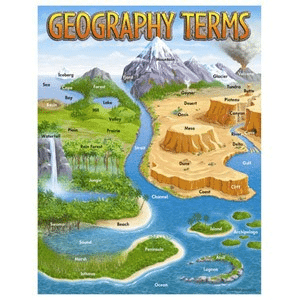
Source Teacher Tools
Incorporate anchor charts.
Anchor charts are a wonderful way to build understanding of both skills and content. They can be used for a wide range of diverse topics, including rhyming words, prefixes, handwriting, main idea, math concepts, KWL charts, and content area ranging from weather to insects. Additionally, co-creating an anchor chart with your students during a lesson will lead to greater engagement as students contribute their thoughts and ideas. In short, they are great tools to have in your arsenal of resources. https://www.pinterest.com/weareteachers/reading-anchor-charts-k-5/
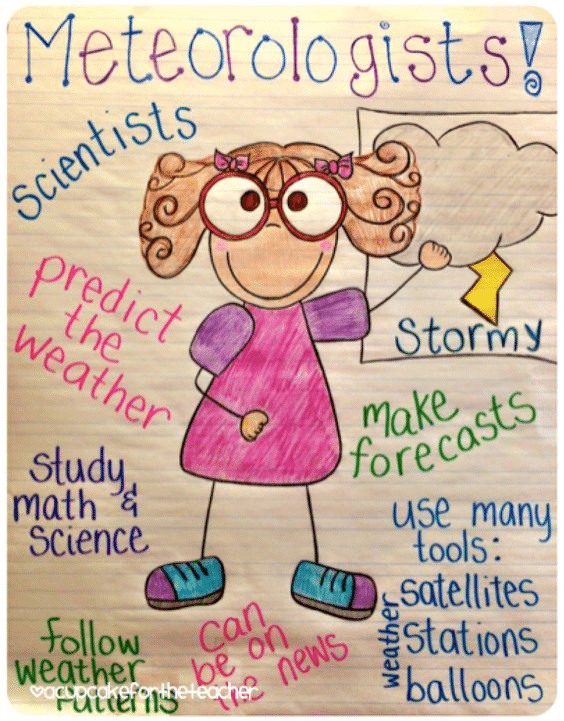
Source WeAreTeacher/Pinterest
Include listening and speaking stations.
Listening to sound recordings of fiction and nonfiction provides a great model of fluency and introduces students to ideas in greater depth than they could manage at their reading level. In addition, when students follow along with a leveled book, the connection between the written and spoken word is deepened. To build speaking skills, let students use a digital recorder to practice their own reading, improving fluency.
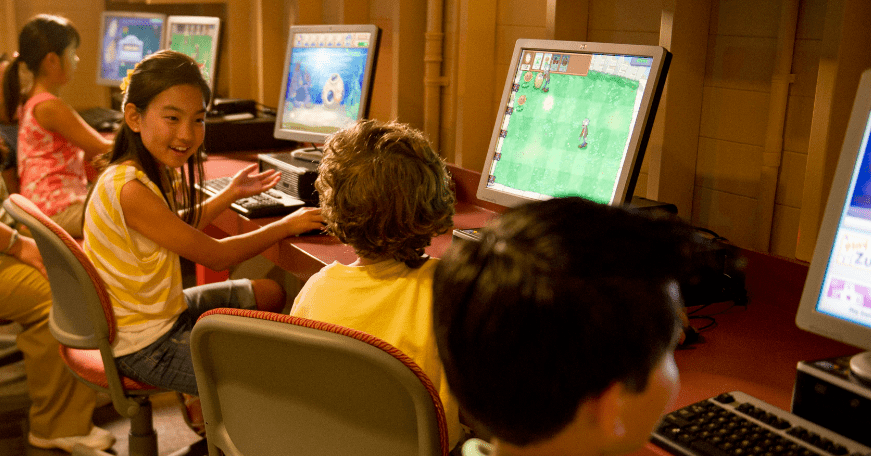
Source Poklat
Use technology wisely.
Use computers and tablets to engage your students in interactive games, stories, research sites, and videos. These can be fantastic tools for giving students individualized practice with vocabulary, decoding, and grammar. They are also a fun way to learn more and get excited about content areas you are focusing on. A few sites we really like include Storybird, Amplify, and Reading Rockets.
Don’t forget the basics.
Provide space and materials for students to work on foundational skills such as phonemic awareness, spelling patterns, decoding with engaging decodable texts, writing mechanics and writing structure and processes on a daily basis. Examples of materials you could provide: white boards, chalk boards, games, puzzles, stamps, language photo cards, sorting trays, pocket charts and letter/word strips.
